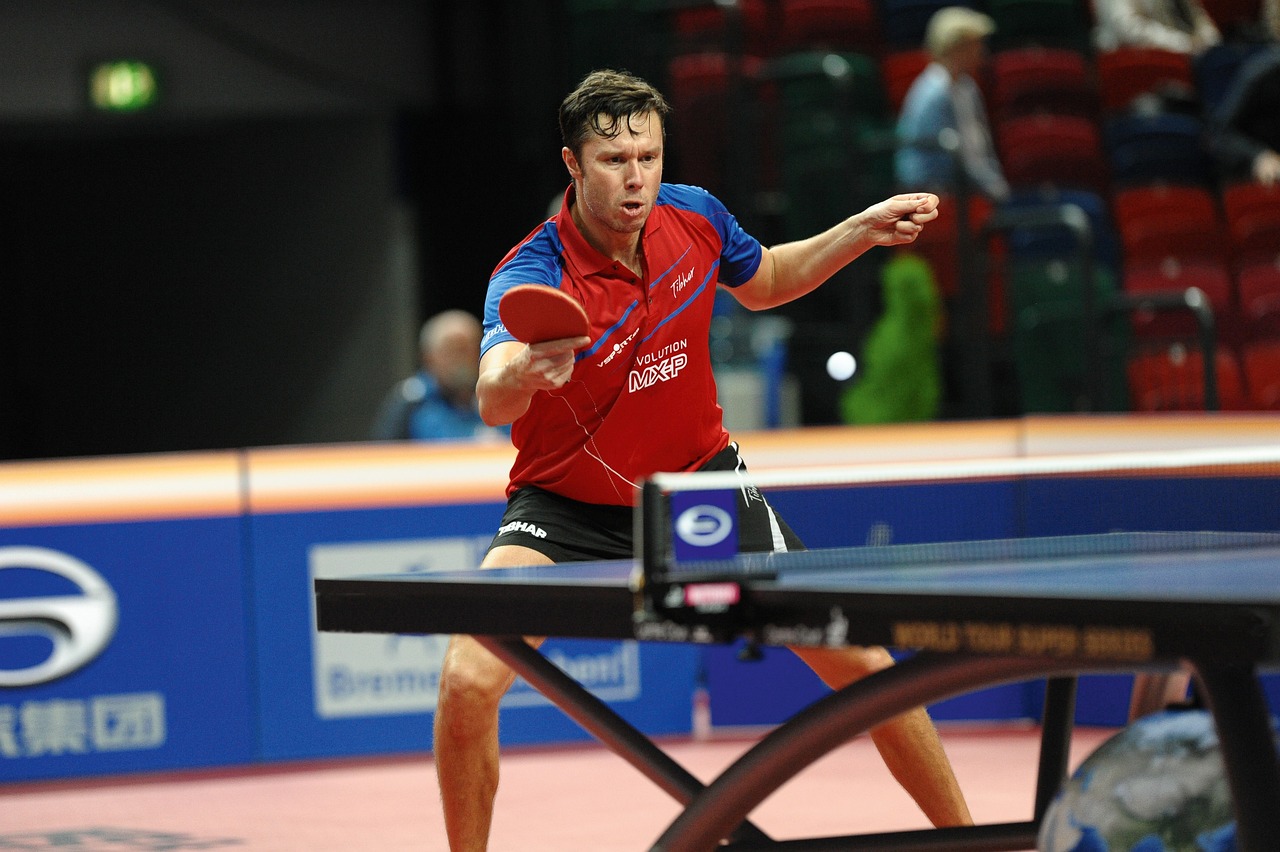Introduction:
Table tennis, also known as ping pong, is a fast-paced and exciting sport that has gained worldwide popularity. Beyond its recreational appeal, table tennis offers numerous physical and mental benefits. One of its significant advantages is the positive impact it has on coordination skills. The game requires players to exhibit exceptional hand-eye coordination, quick reflexes, precise movements, and spatial awareness. In this article, we will explore how table tennis promotes coordination and discuss the various advantages it brings.
1. Hand-Eye Coordination:
Table tennis demands superior hand-eye coordination as players must track the fast-moving ball, anticipate its trajectory, and execute accurate shots. The small size of the table and the rapid pace of the game enhance the need for precise motor control and synchronization of hand movements with visual cues. Regular practice in table tennis sharpens hand-eye coordination, leading to improved accuracy and control in other activities.
2. Reflexes and Reaction Time:
Table tennis is renowned for its fast-paced rallies, which require players to react quickly and make split-second decisions. The game's rapid pace and the need to respond swiftly to the opponent's shots enhance reflexes and reaction time. The constant adjustment of position and timing of shots trains players to make rapid motor responses, thus improving overall coordination skills.
3. Balance and Footwork:
Table tennis involves constant movement, requiring players to maintain balance while executing shots and changing direction. The quick footwork required to reach the ball efficiently and adjust positioning on the table enhances foot-eye coordination and balance. By developing precise footwork and balance, table tennis players improve their overall coordination and agility.
4. Focus and Concentration:
Table tennis requires intense focus and concentration to track the ball, anticipate shots, and execute precise movements. The mental engagement in the game enhances cognitive functions and the ability to maintain attention. The combination of physical and mental coordination in table tennis contributes to overall improved coordination skills.
5. Spatial Awareness:
Table tennis demands a keen sense of spatial awareness as players must position themselves correctly, judge the ball's position, and react swiftly. The limited space and the need to adjust positioning on the table challenge players to enhance their spatial awareness and make accurate judgments. Improved spatial awareness in table tennis translates to better coordination and decision-making in various daily activities.
Conclusion:
Table tennis is more than just a recreational activity; it is a sport that provides exceptional benefits for coordination skills. The emphasis on hand-eye coordination, reflexes, reaction time, balance, focus, and spatial awareness in table tennis contributes to improved motor control, agility, and overall coordination. Engaging in regular table tennis practice enhances coordination skills, benefiting players of all ages and skill levels on and off the table. Check out other sports that require exceptional hand-eye coordination.
References:
1. Bressan, E., Taboga, P., Sawacha, Z., & Carraro, E. (2009). Game analysis and energy expenditure in table tennis. Journal of Sports Sciences, 27(9), 893-901.
2. Choi, Y. B. (2013). Performance analysis of the table tennis stroke. In The Science of Table Tennis (pp. 37-61). World Scientific.
3. Elliott, B. (2014). Biomechanics and the physiological demands of table tennis. In Table Tennis (pp. 77-91). Routledge.
4. Gao, B., & Zhang, J. (2020). Table tennis skills transfer to general motor coordination skills among young children: A quasi-experimental study. Journal of Motor Learning and Development, 8(2), 245-261.
5. Lees, A., & Trewartha, G. (2005). Volleyball: Steps to success. Human Kinetics.










